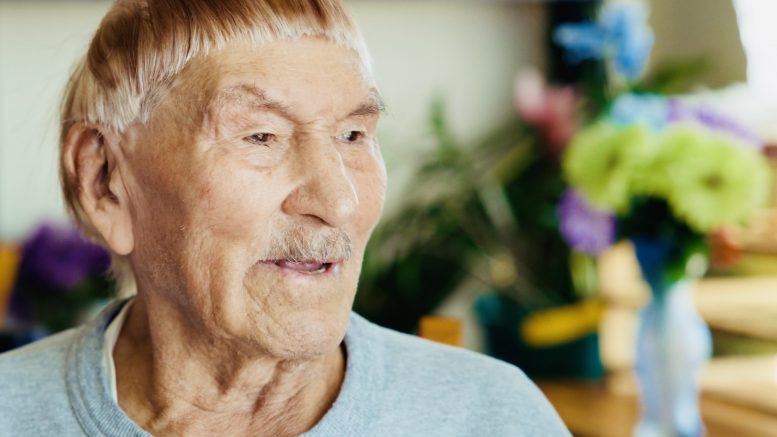The northern Quebec region of Nunavik is the setting for a new documentary on the tussle between Inuit survival on the land and the mining industry’s quest to dig it up.
The film Nunatta Ataani (Beneath Our Feet) was directed by Jean-Philippe Brochu with the backing of Ubique Films and the provincially financed Nunavik Mineral Exploration Fund. Brochu interviews Inuit to explore the past and future of mining’s impact on local communities.
The film ranges from explorations more than a century ago, when Inuit guided prospectors, to modern debates over the environment, jobs and metals to fuel the energy transition. Along the way there’s the former Asbestos Hill mine with its toxic output, and current projects like Glenore’s (LSE: GLEN) Raglan nickel mine, Chinese-owned Canadian Royalties’ Nunavik nickel mine, and the study-stage Strange Lake open-pit rare earths mine proposed by privately held Torngat Metals.
“The mining industry will come whether we like it or not,” says Putulik Kenuayuak, an underground miner at Raglan mine. “Are we going to be observers like we have been for many decades? Or are we going to be the ones dictating how our region is accessed? So, it’s crucially important that we get young people more involved.”
The region, considered one of the world’s largest underexplored areas, has seen a doubling of claims in recent years to 50,000, says a provincial official in the film. The camera joins a prospecting team from Midland Exploration (TSXV: MD) hammering into an old lake bed to find gold. The explorer’s projects have drawn majors such as Barrick Gold (TSX: ABX; NYSE: GOLD) and Rio Tinto (NYSE: RIO; LSE: RIO; ASX: RIO).
Early exploration
The film chronicles pioneering geologists such as Albert P. Low, with the Geological Survey of Canada, who trekked across Labrador and northern Quebec around 1900. Murray Watts discovered nickel and copper in the Ungava peninsula.
Then wars – hot and cold – drove exploration companies into the region using Inuit as guides. Sometimes they promised riches, but few ever paid much money, elders say.
One elder, Jeeka Kudluk, recalled a British explorer, his name lost to time, who drove his charges hard and whooped with excitement when Kudluk’s hammer struck nickel.
“He said big ships would arrive, many different airplanes would arrive, we would be in charge, a big mining company would come. But they never came.”
Kudluk is not quite sure when he was born, perhaps 1932, but it was definitely in an igloo before there was a community. Everyone lived in igloos in those days. The nomadic Inuit never stayed in one place for more than a few weeks, he said.
Johnny May, a pilot, recalls one of his first flights more than 60 years ago covering in two minutes what took 18 hours by dogsled.
“Would I go back to dogsleds? No,” he said. “I still remember 225 steps with one foot. That was the length of one claim.”
Food chain
The Inuit lived on caribou, harp seals, bearded seals, arctic char, ducks and their eggs, another elder recalled. And when animals were scarce, it was to shores exposed by tides they went in search of urchins, kelp, starfish, clams and mussels.
The film directly explores tensions between living off the land, environmental impacts of mining, and the economic activity that could come with it.
Torngat’s Strange Lake rare earth project, for example, could be one of the largest in the Americas and the biggest with rare earth heavy elements outside China. It’s been holding consultation meetings with locals, who are concerned about potential environmental dangers raised by an independent consultant.
Its report mentions threats to water and air quality, the caribou, and risks associated with the release of naturally occurring radioactive elements impacting the ecosystem and food chain. Rains on exposed ore could leach contamination into the nearby lake and river, then to other lakes, some local residents said.
The project will eventually need an impact and benefit agreement (IBA) like the Raglan mine negotiated with local First Nations in the 1990s. It was Canada’s first IBA and has paid out some $200 million in profit sharing over that time, according to a Glencore official.
But money isn’t the issue, said Julia St. Aubin. She’s a resident of Kangiqsualujjuaq, or George River, near Strange Lake.
“The needs are not mining jobs,” St. Aubin said. “The needs are self-sustaining businesses, self-governance, creating curriculum that will benefit our culture, our language. Mining is not that. Mining is not the solution to our problems. Mining is not going to fix any money issues. It’s going to make it worse.”
Watch the online premiere of Nunatta Ataani on YouTube on Friday, Oct. 25, 2024, at 7:30 p.m. (ET).


Be the first to comment on "New film sees mining through Quebec Inuit eyes"